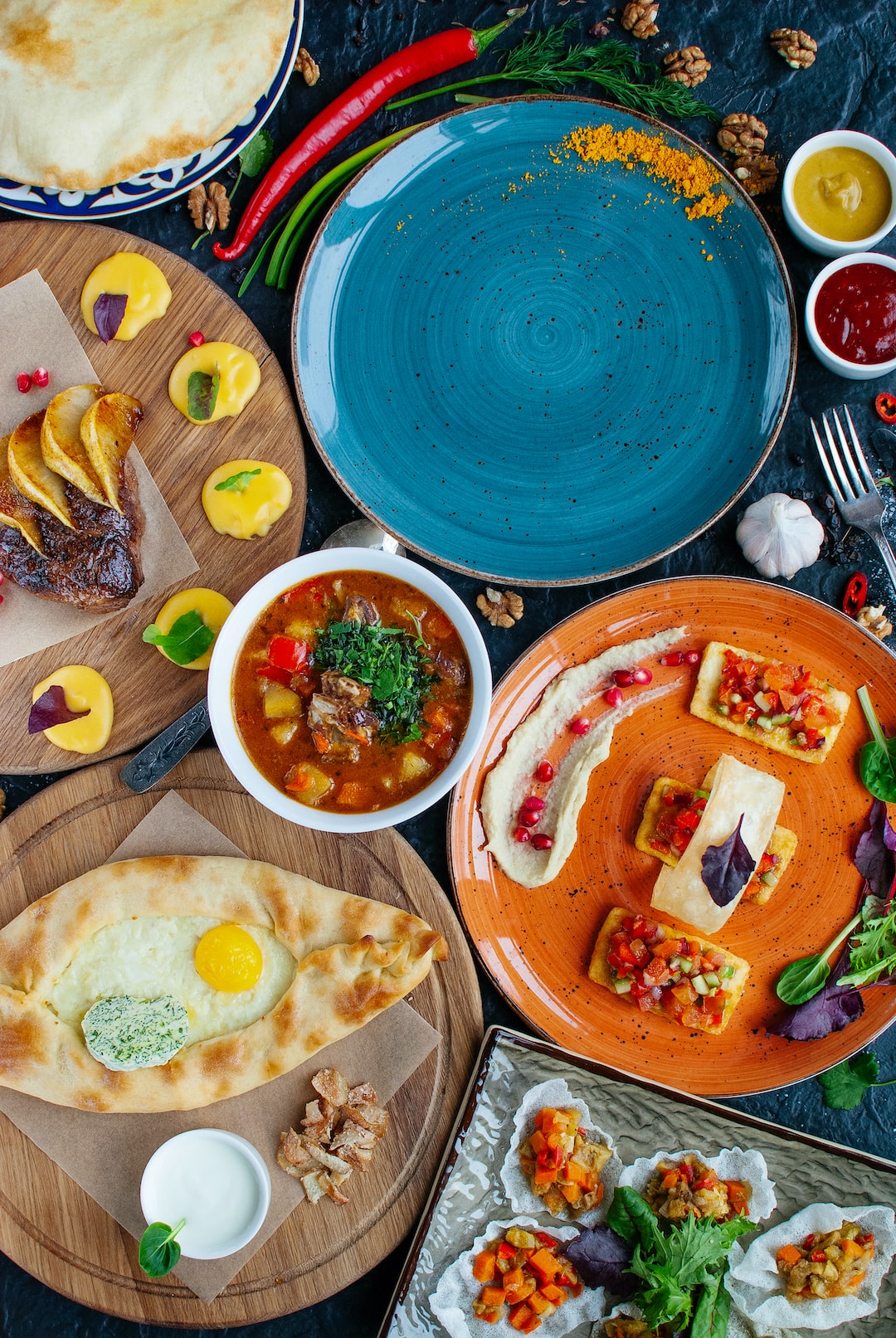The Art of Food Preservation: Canning and Pickling 101
In a world of fast-paced lifestyles and constant innovation, it’s easy to overlook the beauty of traditional practices like food preservation. However, the art of canning and pickling remains a timeless skill that not only prolongs the shelf life of perishable goods but also enhances their flavor and nutritional value. Today, we will explore the basics of canning and pickling, uncovering the secrets that have been passed down through generations.
Canning is a method of preserving food by sealing it in airtight containers, preventing spoilage and bacterial growth. This technique can be used for a wide range of foods, such as fruits, vegetables, jams, and meat. The process of canning involves heating the food to a high temperature, killing any harmful microorganisms, and creating a vacuum seal to prevent further contamination.
To begin the canning process, you will need a few essential tools. Firstly, investing in a canning pot is crucial, as it provides the necessary heat for processing the jars. Secondly, high-quality glass jars with tight-fitting lids are essential to ensure the integrity of the food. Additionally, a canning rack, a jar lifter, and a funnel are helpful tools to simplify the process.
Before you start canning, it’s essential to prepare your ingredients properly. Selecting fresh, ripe produce ensures optimal taste and texture in the final product. Washing and peeling fruits and vegetables will remove any dirt or pesticide residue. Some foods, such as peaches or tomatoes, may require blanching, a process of briefly immersing them in boiling water to facilitate skin removal.
Once your ingredients are prepared, you can move on to the canning process itself. Begin by sterilizing the jars and lids by submerging them in boiling water for a few minutes. Then, carefully remove them from the water and allow them to dry. This sterilization step is crucial in preventing any bacteria from contaminating your canned goods.
After sterilization, you can start filling your jars with the prepared ingredients. Make sure to leave some headspace at the top of the jar to allow for expansion during processing. Using a funnel during this step will help avoid any spills or mess. Next, wipe the jar rims clean to ensure a proper seal, and place the lids on top, screwing them on firmly but not overly tight.
Now comes the processing step, during which you will need to heat the filled jars to destroy any remaining bacteria. This is typically done by submerging the jars in a canning pot filled with water and bringing it to a rolling boil. The cooking time will vary depending on the recipe and the type of food being canned. Once the processing time is complete, carefully remove the jars from the pot using a jar lifter, and allow them to cool completely.
After cooling, check the lids for proper sealing. A sealed lid should be slightly concave and show no signs of movement when pressed. Any unsealed jars should be refrigerated and used promptly. Properly sealed jars can be stored in a cool, dark place and enjoyed for months to come.
Moving on to the art of pickling, this technique involves immersing vegetables or fruits in a solution of vinegar, salt, and spices, creating a tangy and flavorful preservation method. The acid in the vinegar acts as a natural preservative, inhibiting the growth of bacteria while enhancing the taste of the pickled food.
To start pickling, select your desired vegetables or fruits. cucumbers, beets, carrots, onions, and green beans are popular choices. Freshness is key when pickling, as older produce may result in a less crisp and flavorful final product. Additionally, you can experiment with different spices and herbs to create unique flavor profiles.
Prepare the pickling brine by combining vinegar, water, salt, and your chosen spices in a pot. Bring the mixture to a boil, allowing the flavors to meld together. Meanwhile, prepare your jars by sterilizing them in boiling water, similar to the canning process.
Carefully pack the prepared vegetables or fruits into the jars, leaving some headspace, and pour the hot pickling brine over them, ensuring that they are fully submerged. It’s essential to use a non-reactive container like glass or stainless steel, as reactive materials can affect the taste and quality of the pickles.
Once the jars are filled, wipe the rims clean, place the lids on top, and screw them on firmly. Allow the jars to cool completely before moving them to the refrigerator. Unlike canning, pickling does not require a processing step, as the vinegar acts as a natural preservative.
Over time, the flavors of the pickles will develop as they age in the refrigerator. They can be enjoyed after a few days but tend to reach their peak flavor after a couple of weeks. Pickles can be a versatile ingredient, adding a zesty and tangy element to salads, sandwiches, or enjoyed on their own as a delicious snack.
The art of canning and pickling brings us closer to our roots and allows us to savor the taste of freshly harvested produce all year round. By preserving the bounty of the seasons, we not only reduce food waste but also create a diverse pantry filled with vibrant flavors. So, why not immerse yourself in the art of canning and pickling and embark on an exciting culinary journey that connects you with generations past?

